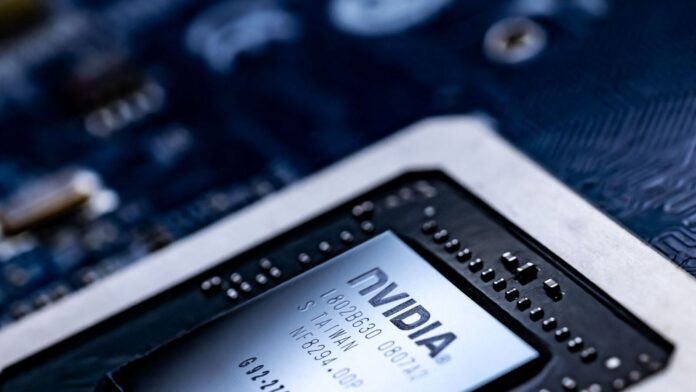March 2024 was a big month for Sunil Gupta, the founder-CEO of a then little-known Indian cloud services provider, Yotta. The fast-growing company was competing in the market with global giants, including hyperscalers, and trying to carve out its own niche.
Its ambitions were big, reflected in its name itself—a Yottameter is the term for 10 to the power 24, or 10 followed by 24 zeros. On 18 March 2024, the company’s aims seemed to get closer as it welcomed its first cluster of over 4,000 graphic processing units (GPUs) from Nvidia, making it the first Indian cloud provider to have these and offer a high-performance AI cloud to eager customers. Word in the market was that this took conversations at high political levels with Nvidia’s top management.
If AI is a gold rush, Nvidia’s GPUs are the gold. Much has been written of the astonishing rise of Jensen Huang’s company, whose market capitalization has rocketed from $400 billion in 2021 to $3.25 trillion last month, making it one of the world’s most valuable businesses.
This upshoot, unprecedented in the tech sector, was driven by one product: its GPUs. Nvidia first made these high-performance processors for gaming, as that industry boomed. After achieving domination in gaming, Nvidia pivoted smartly when it realized that its chips could be workhorses for crypto mining after crypto exploded off the block about five years ago.
But it was its second smart pivot, realigning its GPUs to feed off the AI and Generative AI frenzy, that sent the company past the $3 trillion mark. Today, Nvidia has more than 80% of this fast-growing market and is far ahead of the competition with its release of new versions every year. It also makes a secret weapon: CUDA, or Compute Unified Architecture, the software that runs these GPUs.
This dominance has made Nvidia’s GPUs a scarce commodity, giving it enormous pricing power and leading large customers to hoard GPUs, both for their own future needs and to deny competitors. Access to GPUs is seen to offer an unparalleled competitive advantage: the market measures a company’s AI prowess by how many of Nvidia’s latest A100, Grace Hopper or Blackwell GPUs it has.
Meta and Microsoft spent a combined $9 billion last year to buy 150,000 of them each, with Meta reported to have accumulated 600,000 and Microsoft aiming to amass 1.8 million by end-2024. Google and Amazon bought 50,000 each last year.
Chinese players are denied the latest chips by US law, but have been buying earlier versions in hundreds of thousands and smuggling in the latest versions through other countries.
It is not only BigTech but countries that are amassing chips the way they used to buy and hold strategic reserves of oil. The US has placed restrictions on their export to unfriendly countries so that it always leads the AI race. Singapore drove 15% of Nvidia’s revenue in the third quarter of 2023 as it rushed to build AI data centres. Even India has ordered 10,000 of them as part of its India AI Mission.
The list of big buyers goes beyond countries. One of the most intriguing customers is venture capital firm Andreessen Horowitz (A16Z), which has built up a stash of more than 20,000 Nvidia GPUs. Kate Clark writes in The Information (bit.ly/3zKbVg8) about how it is using H100 processors to bag the hottest AI startups as businesses to invest in.
These small startups find it near impossible to access this scarce commodity, without which they cannot build their AI models. A16Z steps in to invest, sweetening the deal with discounted or free access to its GPUs. This offer forms a compelling reason for startups to sign up.
A case in point was super-hot GenAI startup Luma AI, which chose A16Z for its chips, despite other investors offering it a higher valuation. Other VC firms have cottoned on, with Index Ventures and Daniel Gross also procuring the ‘new gold’.
Demand for these chips and their scarcity have reached ridiculous levels: a few years back, an entire truck-full of Nvidia GPUs was waylaid and its contents stolen. Months later, they turned up in Vietnam. There have also been instances of theft from warehouses, forcing special security measures.
This is reminiscent of how gold was stored in the Fort Knoxes of the world as strategic reserves and countries began hoarding another precious commodity, oil. As data becomes the new oil and AI emerges as the power that unleashes intelligence and information from this data, chips and GPUs, currently from just one company, are becoming the new gold of the modern age.
#Nvidias #graphic #processing #units #set #gold #rush #age
